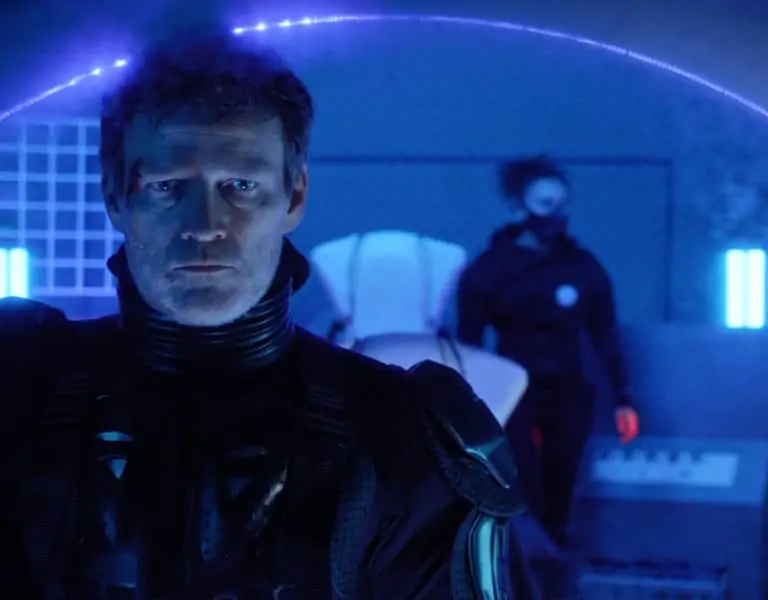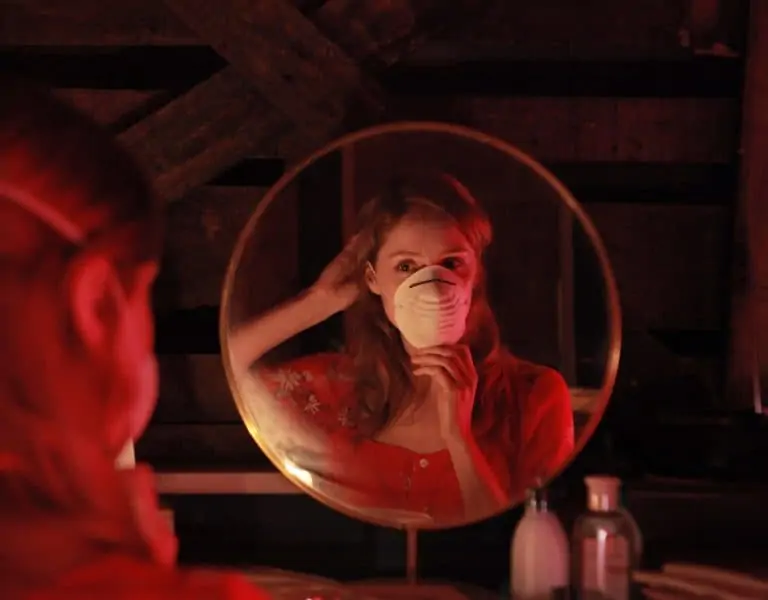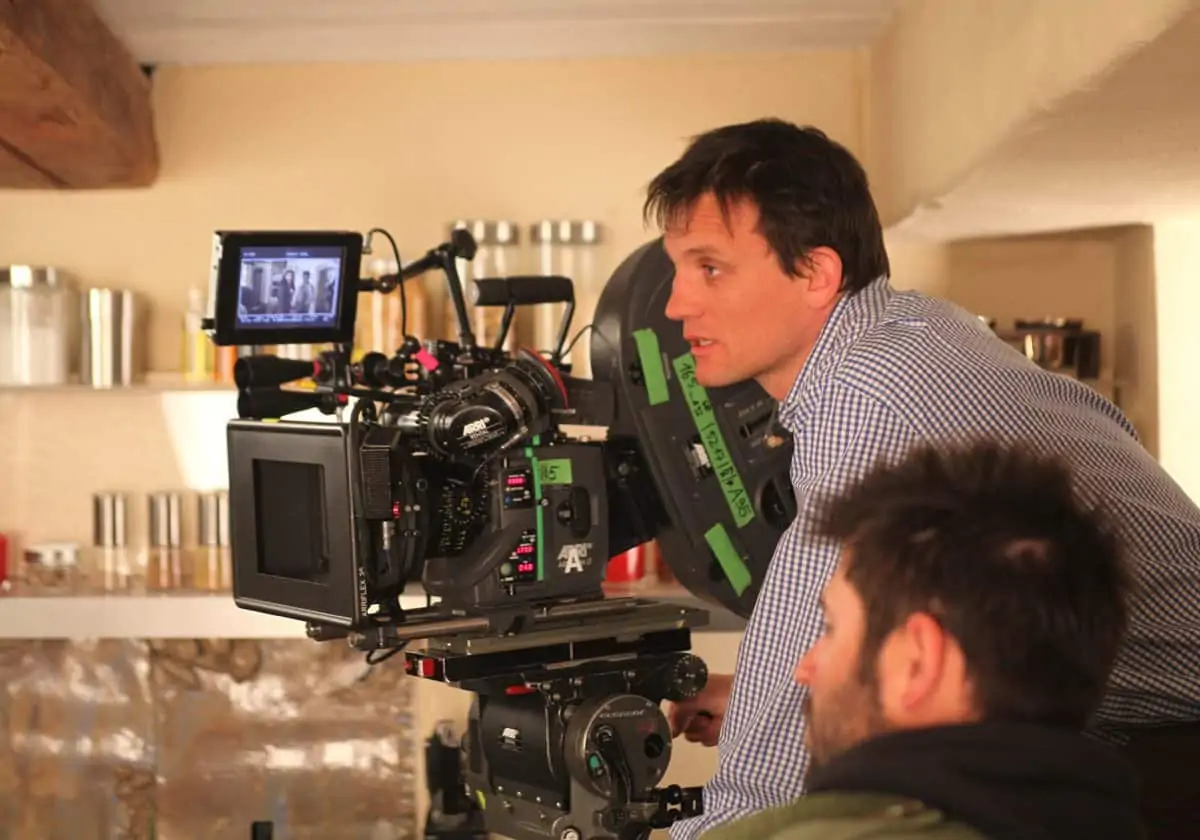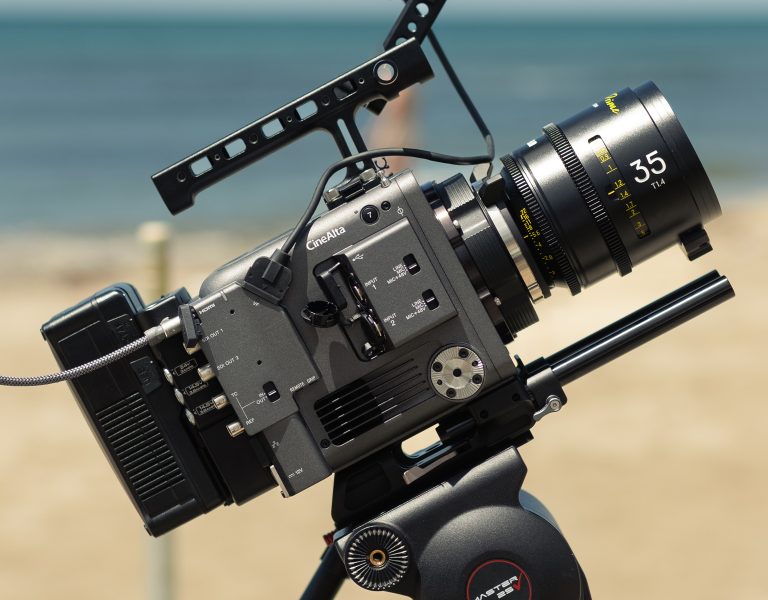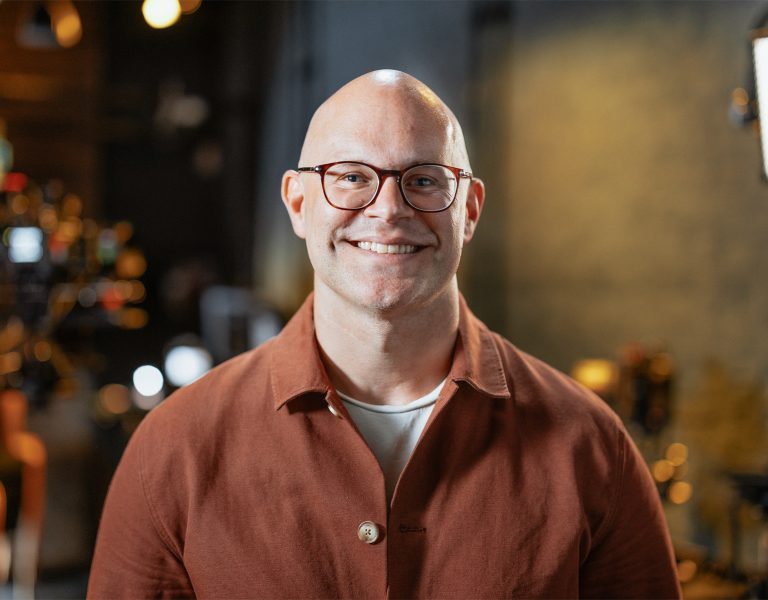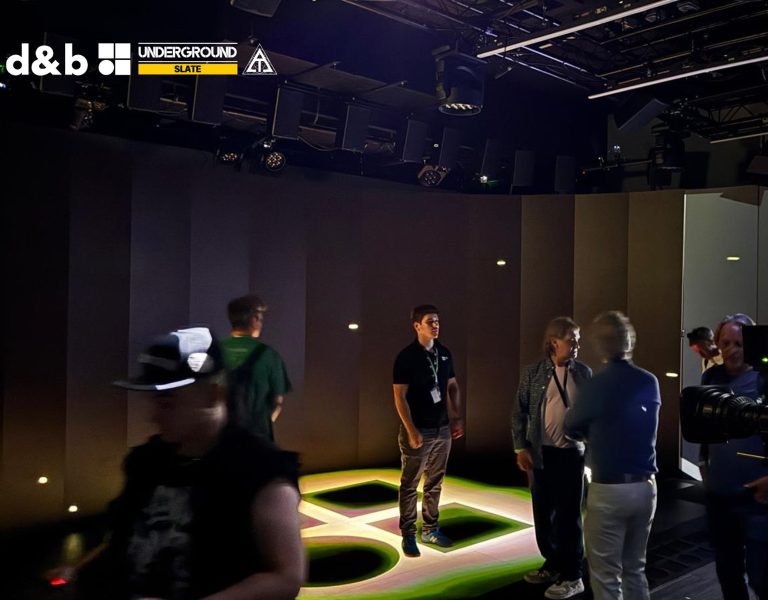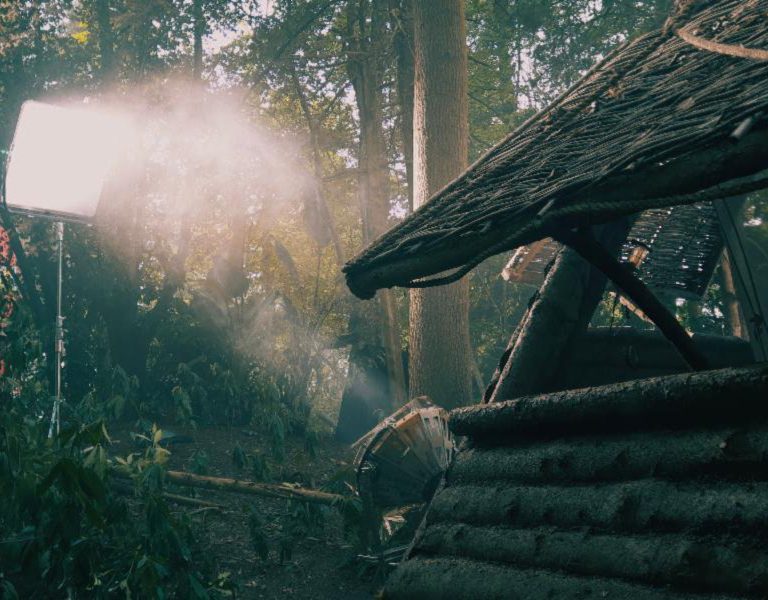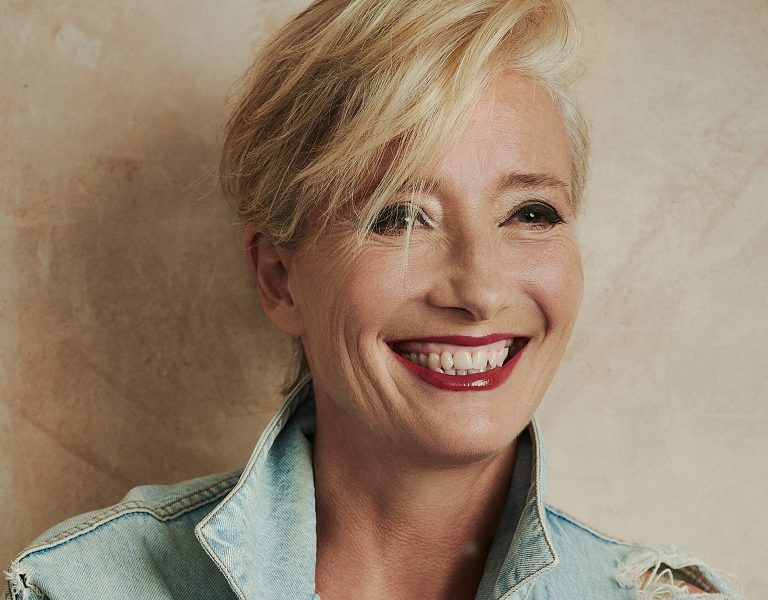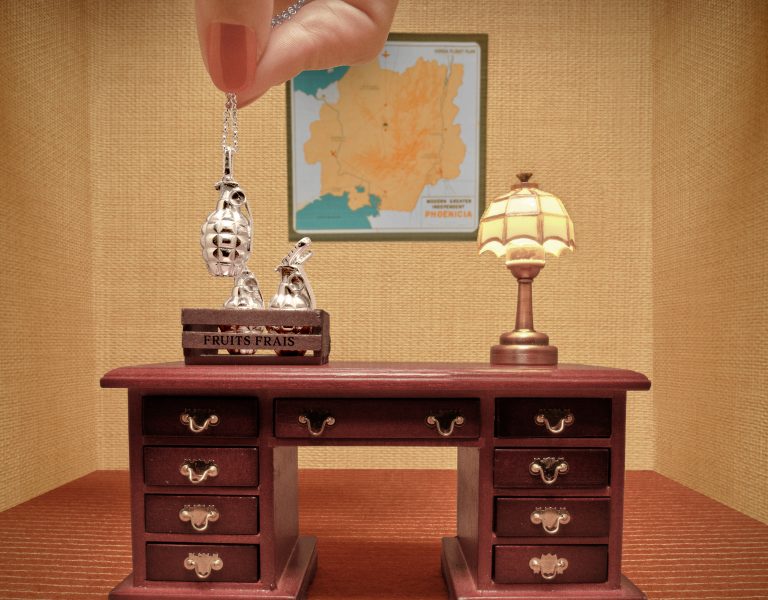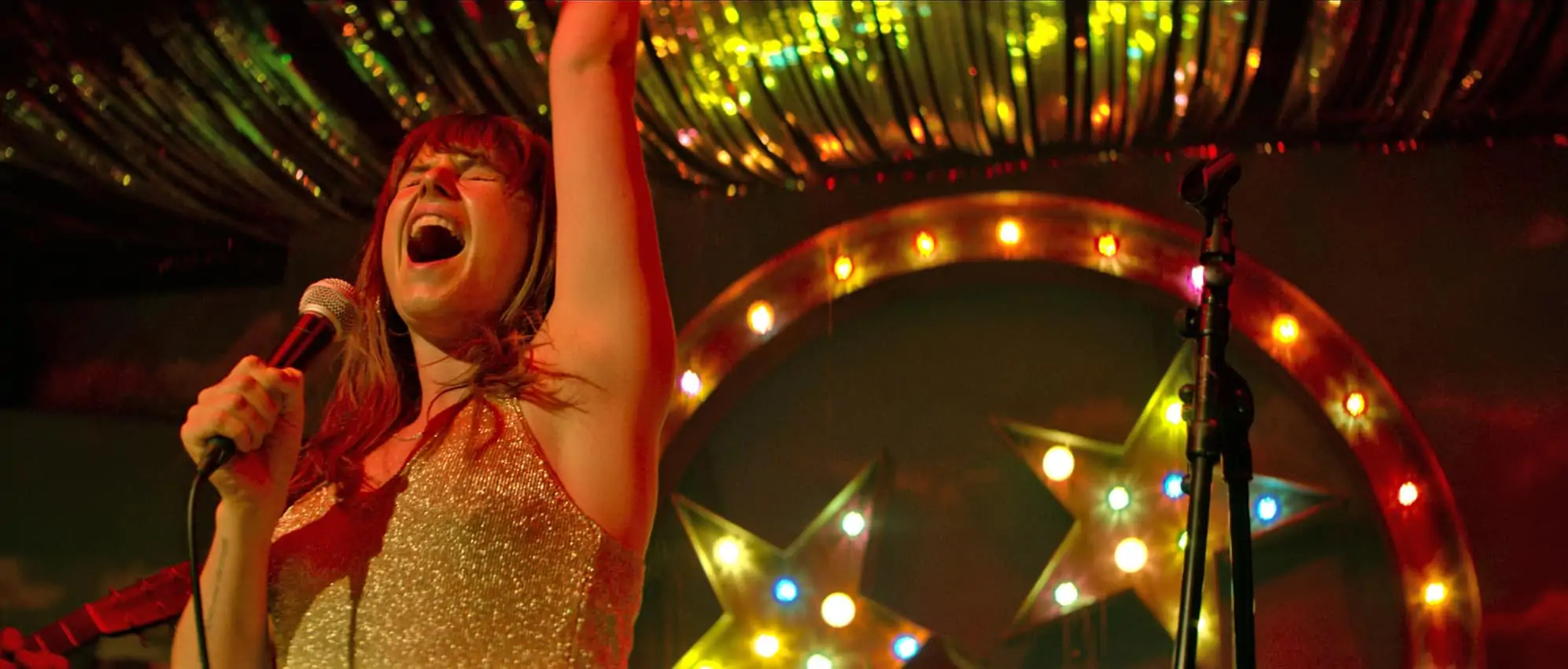
Delivering a fresh take on the ever-popular sub-genre of musical drama, Film4/BFI’s indie offering Wild Rose tells the story of Rose-Lynn (Jessie Buckley), a Scottish musician who dreams of going to Nashville to become a country music star, despite having just been released from prison on a drug charge and struggling to raise her children, much to the chagrin of their grandmother (Julie Walters).
Reuniting with director Tom Harper and Time Based Arts colourist Simone Grattarola – both of whom he previously collaborated with on War & Peace (2016) and Peaky Blinders (2013) – George Steel lensed everything from the council estates of Glasgow to the music stages of Nashville for the feature.
“We wanted to tell Rose-Lynn’s story as authentically as possible, so decided to shoot on location throughout the seven weeks of production for the right lighting and texture to reflect our original script,” Steel said.
He explains Wild Rose was predominantly a single camera shoot, with a RED Helium, fitted with T2.2-3.5 Hawk V-Lite Anamorphic glass, operating as the principle camera package.
Also on production was Harry Bowers as first AC, Wayne King as gaffer, and DITs Grant McPhee and Ben McKinstrie. “We shot RAW 4K Anamorphic and framed for a 2.39:1 2K extraction,” Steel continued.
“The first day of shooting we had this notion that everything would be handheld, to give the cinematography an immediacy and sense of reality. Then, in the middle of the first scene, we stopped as there was something wrong. The handheld approach was distracting from the rawness of the actors’ performances and taking away from the music. Tom said, ‘It needs to be steadier, just put the camera on the dolly and let’s reshoot it,’ and that felt right.”
“We focused on staying physically close to all the characters throughout, to enhance the narrative’s intimacy, but gave ourselves the flexibility to follow the action if required, prioritising the actors’ performances above all else.”
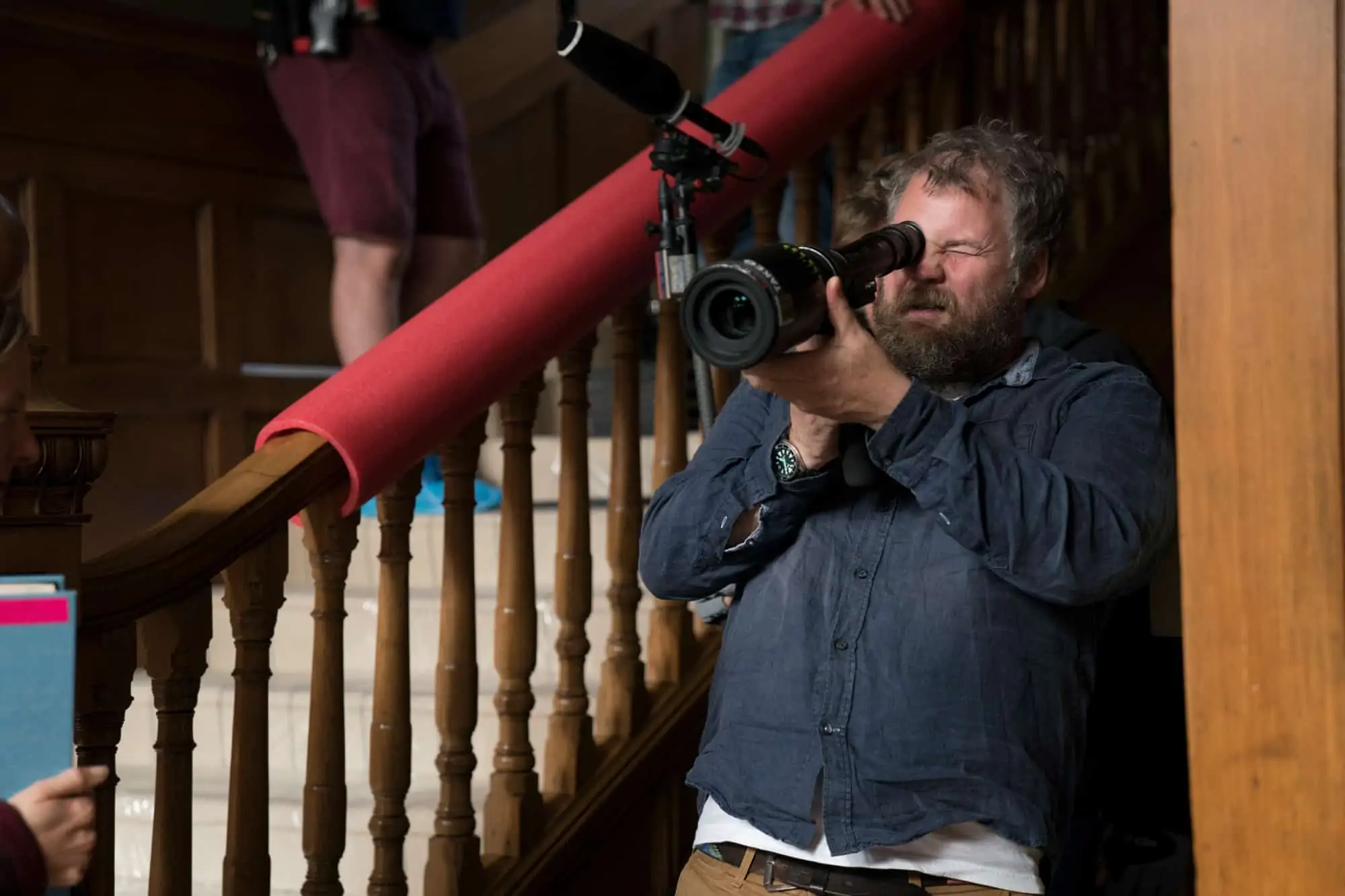
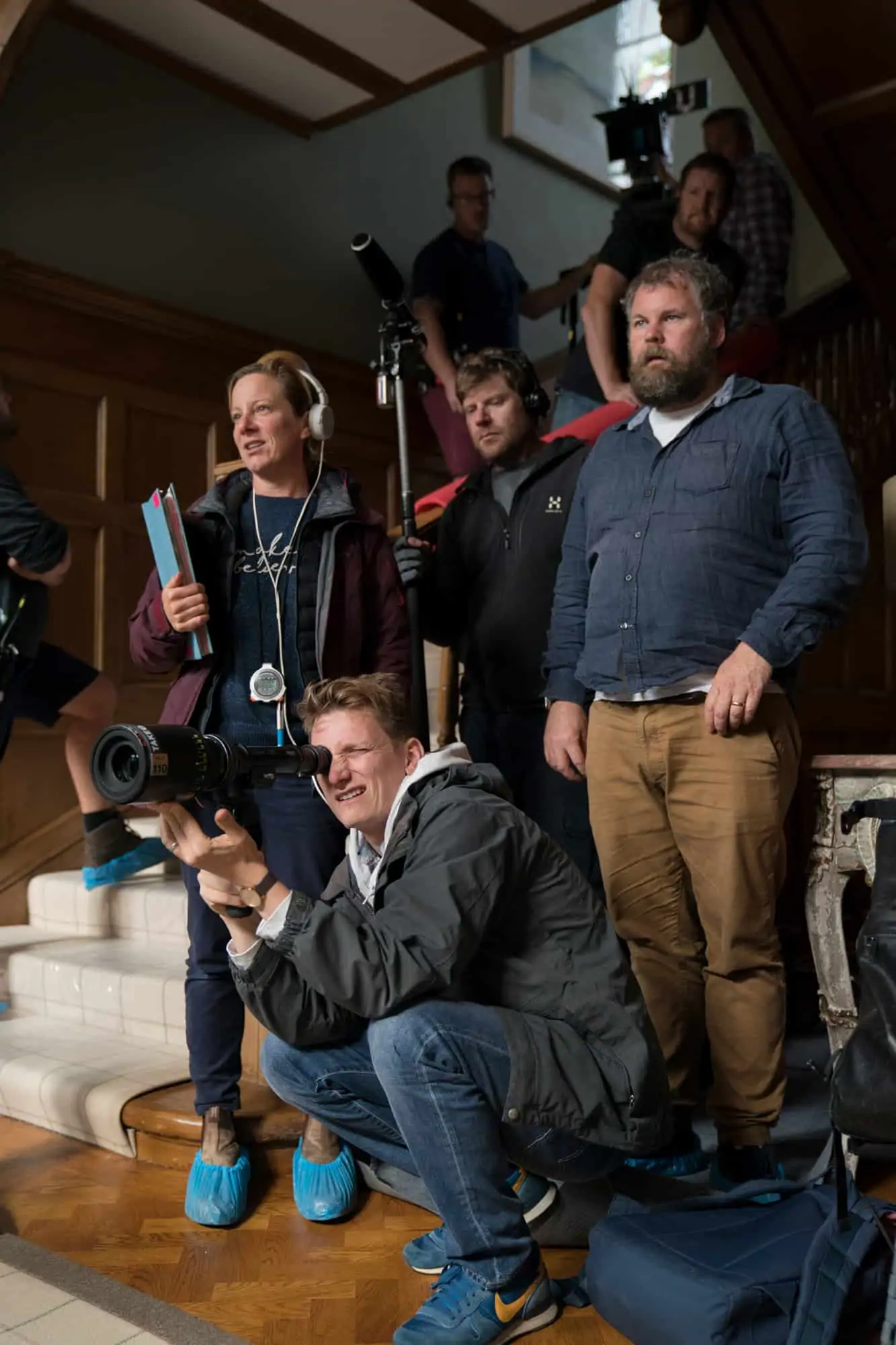
Relying on DaVinci Resolve throughout the colour pipeline, and with no predefined LUTs, Steel reveals that helping to define the grade for Wild Rose was a crucial aspect of the production. That work began on-set with the colourist and DIT team.
“We took some time to find the right vibe for the film. As ever with Tom and George, we took some time up front to test grades and create a look and feel on several key scenes during the editorial stage,” reveals Grattarola. “This meant when we came to the final DI we had our keystone grades in there to work around. As the narrative played out, we then refined and changed certain scenes to reflect a mood.”
Steel added: “We steered away from the archetypical British indie film look, with a relentlessly depressing story and a soft, desaturated colour palette. We wanted Wild Rose to feel more commercial and more Americana.”
“The saturation was pushed to complement the vibrancy of the music, which we recorded live, on-set. We could have recorded it in the studio first, however doing it separately for a movie, where music is such an intrinsic part of the story, just felt alien.”
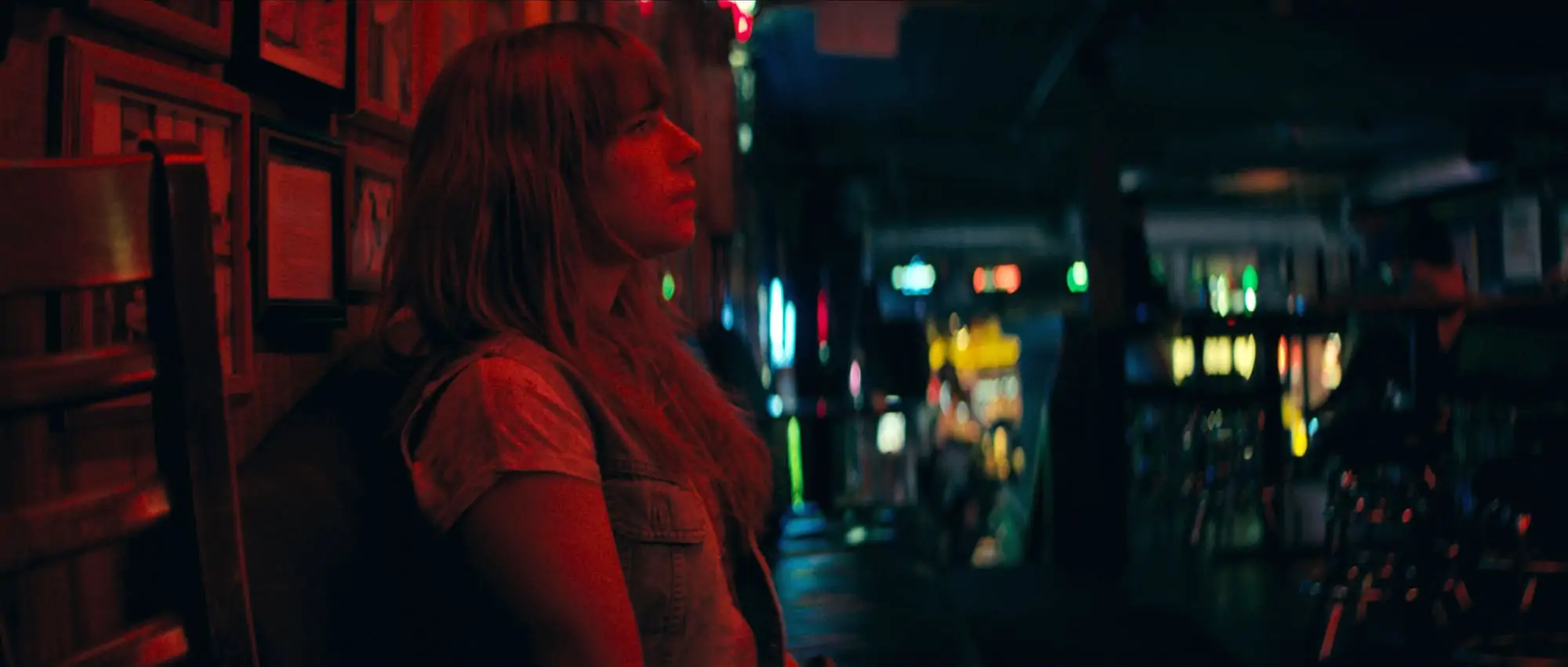
Editorially, the most significant challenge Steel and Grattarola faced was making Jesse enough of a rebel, whilst ensuring audiences could empathise with her. “The grade was delicate in this manner,” said Grattarola. “We never wanted to go too far into bleakness; we wanted her world to be vibrant; we needed to provide hope.”
“Initially, we [Time Based Arts] were only grading the feature, however, to help the production with delivery we became more involved in the conform and picking up VFX shots. Resolve’s editing tools meant we could stay on top of and trim the VFX shots as they came through from our nuke and flame suites without ever impacting the grade.”
The final deliverables were P3 for DCP cinema delivery and REC709 for broadcast and DVD.
